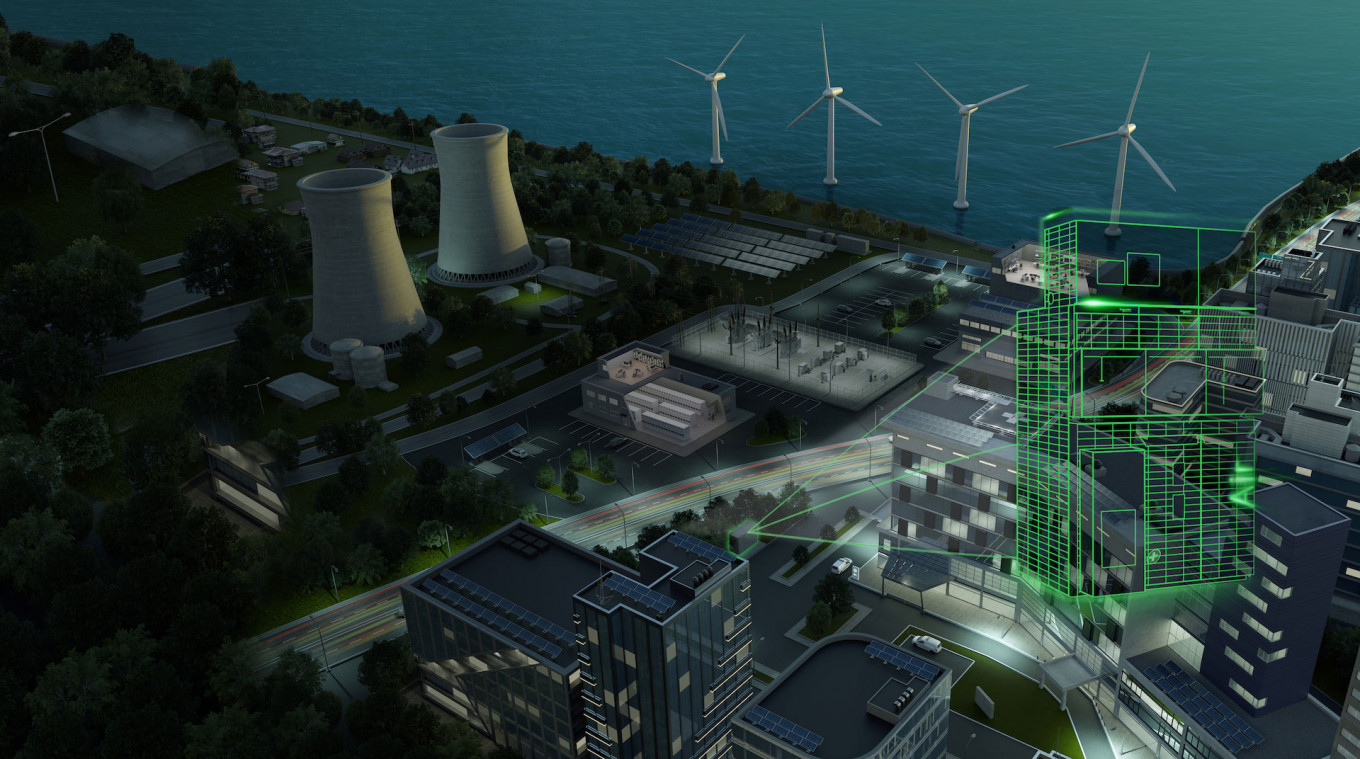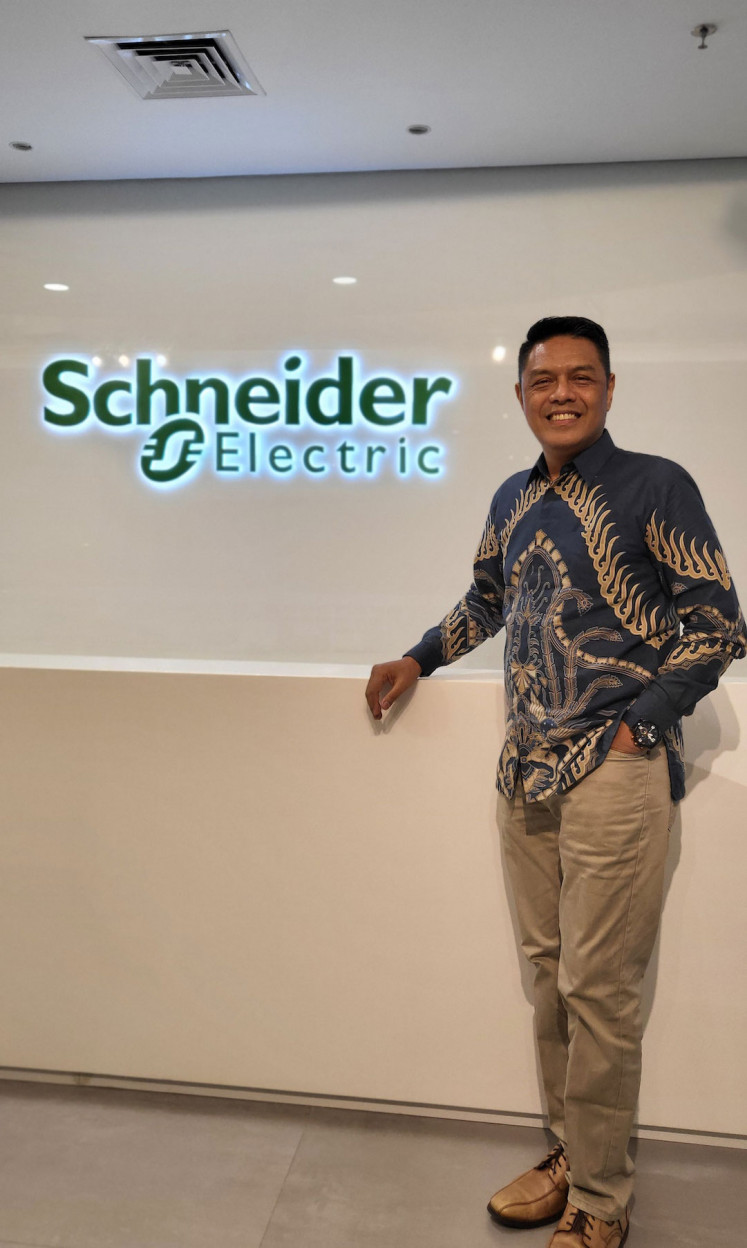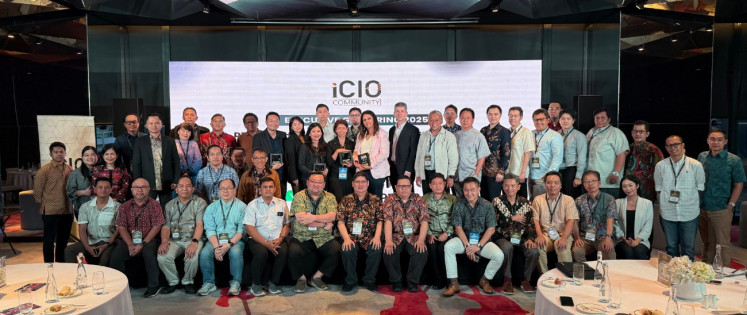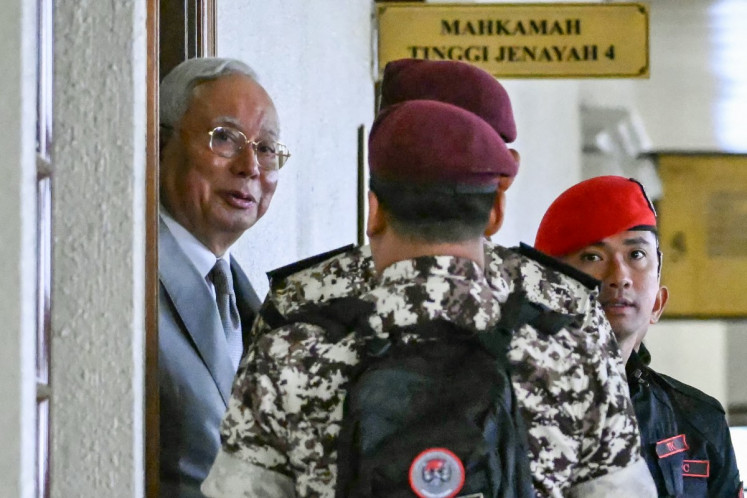Popular Reads
Top Results
Can't find what you're looking for?
View all search resultsPopular Reads
Top Results
Can't find what you're looking for?
View all search resultsSchneider Electric leads in digital transformation through innovation
Change text size
Gift Premium Articles
to Anyone
I
n an era when electricity and digital technology are interdependent and inseparable, technology have become integrated into almost all aspects of our day-to-day lives and revolutionized other sectors including education, commerce and transportation.
However, many people are not confident about the inevitable transition to the New Electric World.
Schneider Electric is leading the digital transformation to Electricity 4.0 by focusing on electricity distribution networks. In order to help society make the great leap, the company has realized that the future of the electricity sector depends on three key factors: the visibility of all network assets, remote distribution control and real-time analytical capabilities, and data security.
The number of distributed energy resources (DER) that use renewable energy sources, such as solar, is growing as part of the global effort to reduce carbon emissions. Meanwhile, ongoing growth in the penetration of electric vehicles (EVs) will lead to greater complexity in managing electricity supply and distribution.
The power output of DERs, small-scale generation units installed at the consumer end, and the number of EVs charging at any given time depend on local conditions and situational variants. This leads to high unpredictability, uncertainty and variability in operating electricity distribution networks, while operators must continue to manage their existing networks during the transition period.
To bridge this complex challenge, operators need more visibility and control to optimize all assets connected to their networks to achieve increased reliability and equitable access to electricity according to local needs.
The solution is the Schneider Electric Advanced Distribution Management System (ADMS). The ADMS is a comprehensive network management solution that offers visibility for operators to supervise both traditional and DER networks through features that manage voltage fluctuations and power backflow, automate outage recovery and optimize network performance.
The second focus area is remote distribution control and real-time analytical capabilities. Distribution substations that transfers power from generators to end users need to be constantly monitored to detect and mitigate any potential disruptions that could hinder customer satisfaction, such as blackouts.
By using digital technologies like the smart ring main unit (RMU), operators can remotely control all distribution substations in real time, improve the security and reliability of electricity distribution, detect faults early, analyze the network and automatically reconfigure it for optimal performance.
Surya Fitri, Business Vice President Power Systems at Schneider Electric Indonesia & Timor LesteSchneider Electric has prepared for this transitional challenge and has launched its latest innovation: the Smart RMU Kubikel™ Fully Gas Insulated, which is more environmentally friendly because it does not use sulfur hexafluoride (SF6) gas that produces greenhouse gas. Moreover, the new RMU is connected to the EcoStruxure™ Grid, which integrates and manages data to deliver better services to customers.
The Smart RMU Kubikel™ solution also comes with wireless thermal sensors in place of infrared thermal scanners and provides early warning of conditions that could lead to connection problems and potential fires from short circuits, all through a dedicated mobile app.
Last and not least is data security, which has made consumers wary of digital transformation.
The International Data Corporation predicts the total volume of worldwide data to grow from 33 zettabytes (ZB) in 2018 to 175 ZB in 2025, or a 530 percent increase in seven years. Industry analyst Mordor Intelligence estimates that the big data analytics market in the energy sector will grow at a compound annual growth rate (CAGR) of over 11 percent in 2021-2026 as power companies seek to improve energy efficiency.
Rapid data growth comes with greater cybersecurity risks, with the threat posed by ransomware and other cyberattacks using malware surging as more data is transmitted per minute. This problem has a relatively simple solution for electricity companies: implement a layered security approach, starting with the selection and use of equipment that have high safety ratings and are certified by the International Electrotechnical Commission (IEC) to keep data safe.
The energy sector, including electricity, is responsible for 85 percent of all carbon emissions, so a revolutionary approach is essential. The sector’s transformation requires a comprehensive planning strategy and the support of qualified and standardized digital partners.
Taking the leap will lead to a greener, more sustainable way of life, and Schneider Electric is here to help citizens of the world become #GREENHEROESForLife.
The writer is Surya Fitri, Business Vice President Power Systems at Schneider Electric Indonesia & Timor Leste.











